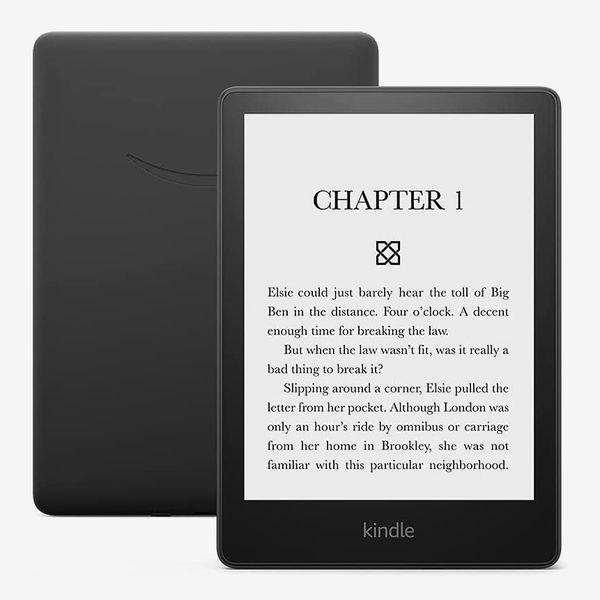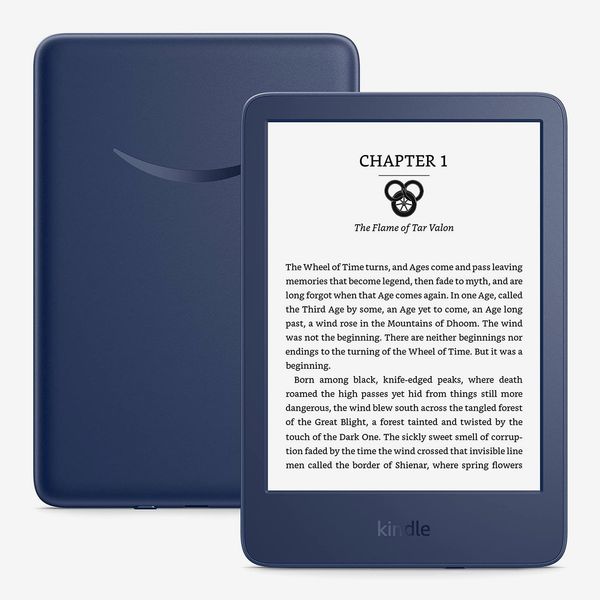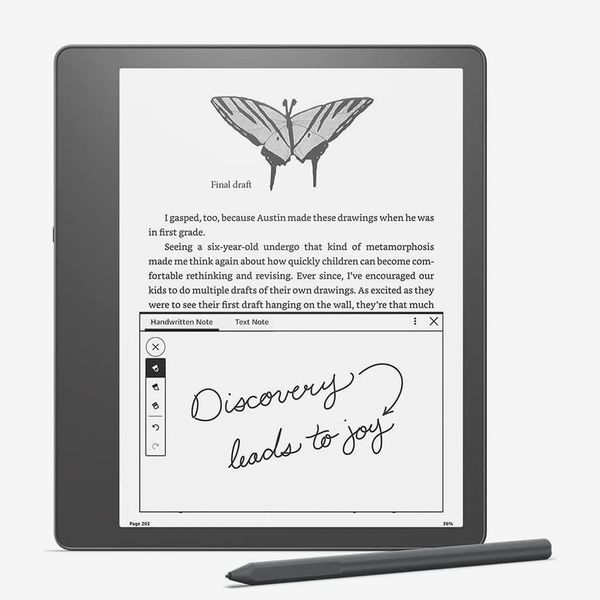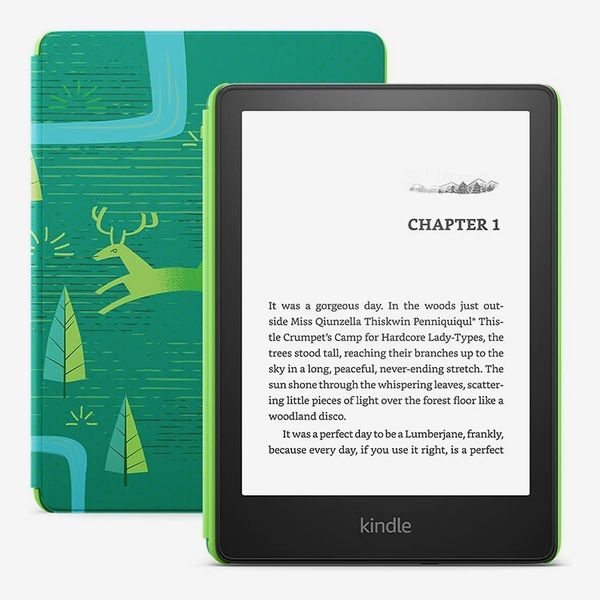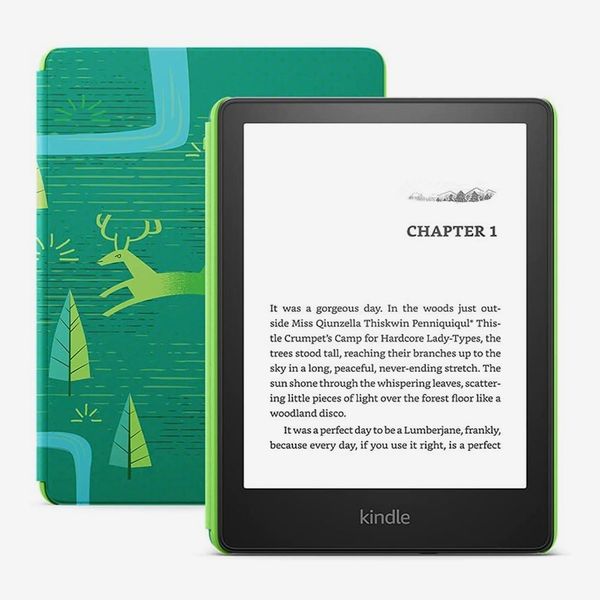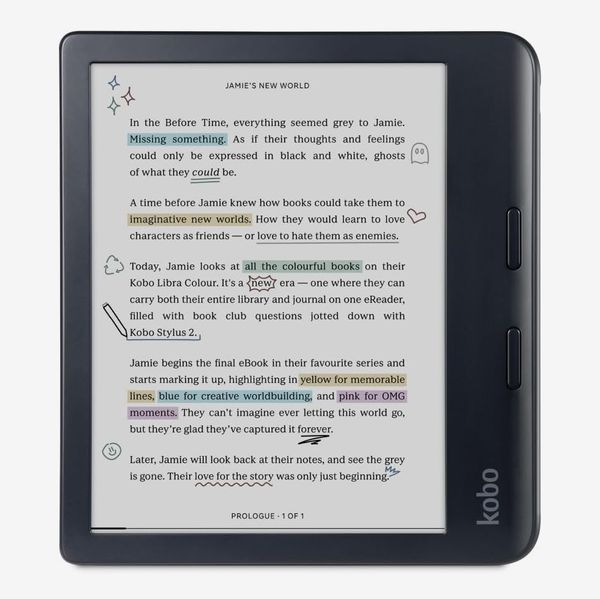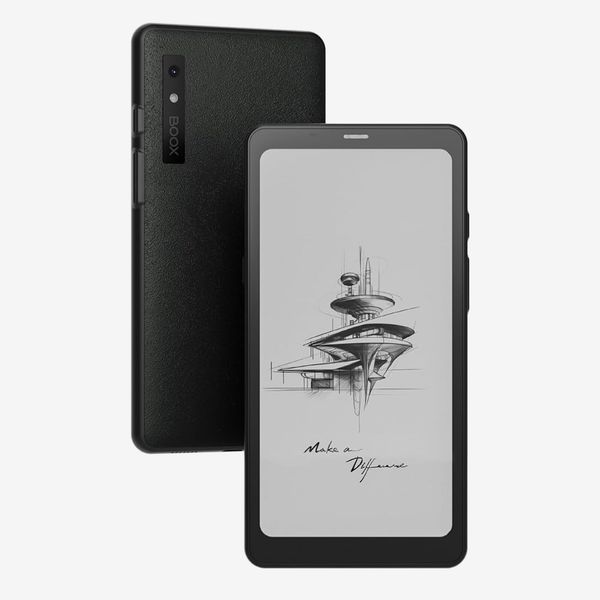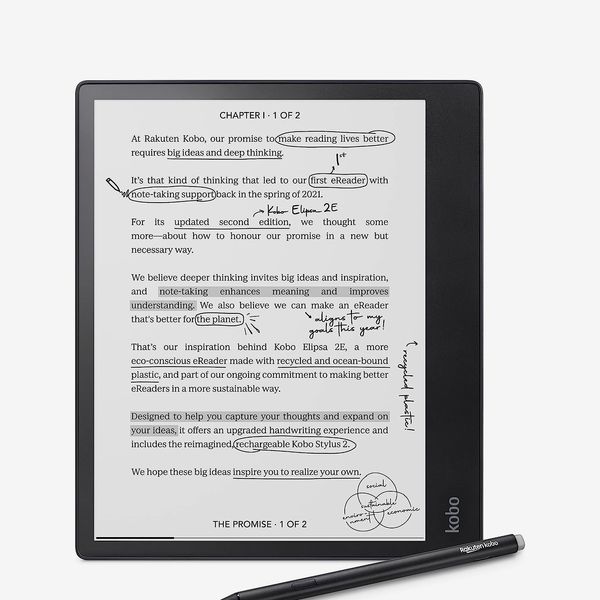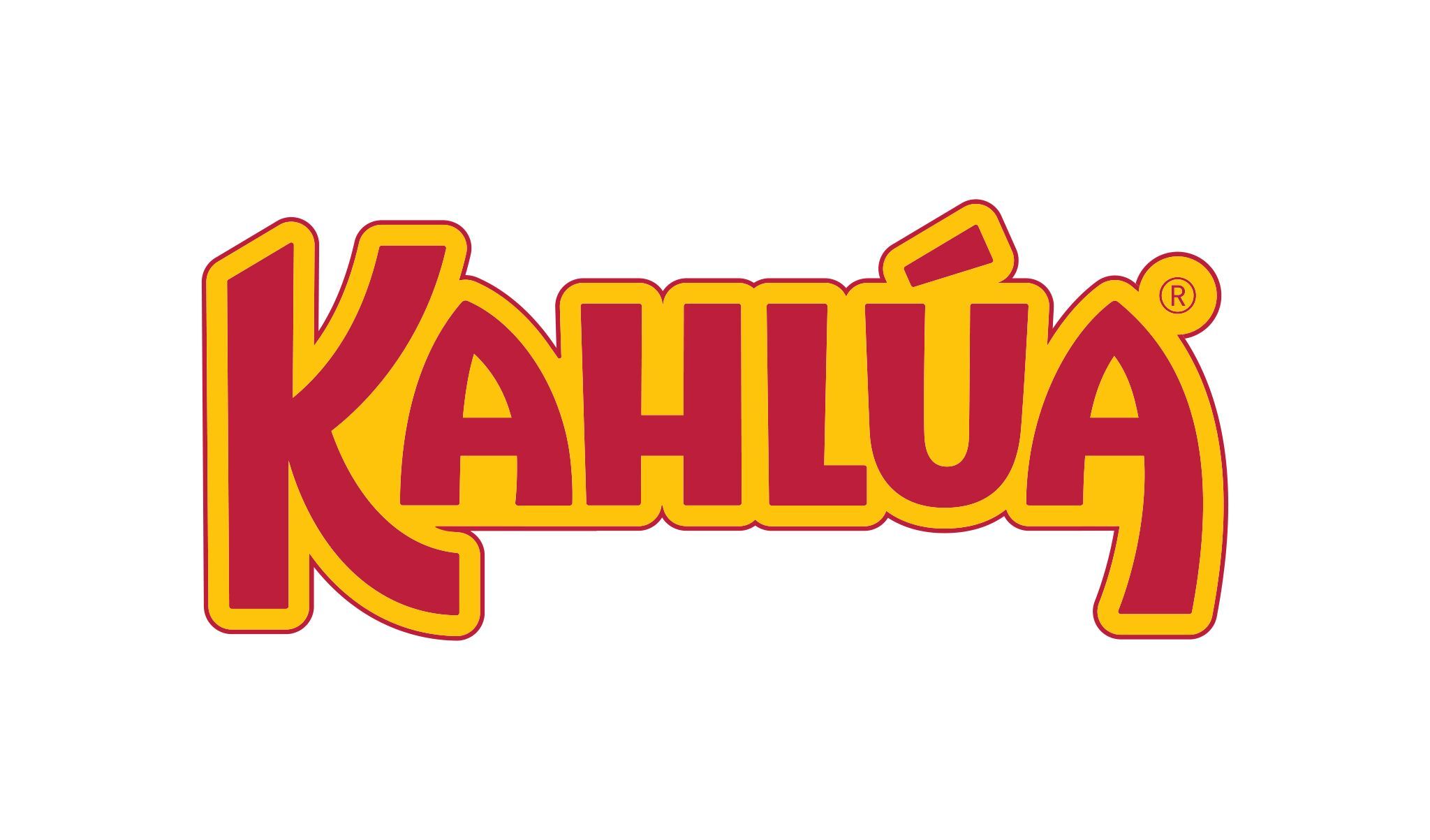
I picked up my first Kindle in college, about ten years ago, and it was the first device that helped me actually finish books. With it, I could carry hundreds of ebooks in my bag while hardly adding any weight, and I could access them all on the go without having to pick one on my way out the door. Beyond that, it made remembering what I read easier, as I could highlight the text inside any ebook — no marking up paper necessary — and it would automatically get saved in a text file I could access from a computer later on. Those two features alone have made the Kindle indispensable in my life, but it’s only gotten better with every iteration.
Now, there’s more than just one Kindle to choose from, and picking one isn’t as easy as figuring out which one holds the most books or has the longest battery life (they can all store thousands of books, and all last weeks on a single charge). Over the last seven years, I’ve bought, gifted, or tested nearly every Kindle that’s come out — both in my personal life and in my career as a tech writer — and found what makes each one worth buying (or passing up). No matter which Kindle you get, it’s probably worth spending an extra $20 to remove the special offers (read: ads) that show up on your lock screen. That purchase replaces those ads with the cover of whatever book you’re reading, which is significantly nicer to look at (and who needs another ad vying for their attention when you’re trying to read?).
Update on July 11, 2024: Updated prices and checked stock for all products.
A Kindle for everyone
This is the gold standard for e-readers. Its 6.8-inch display is lit from the sides, like the rest of the Kindle lineup, rather than being backlit like a smartphone or laptop’s screen, which can cause more eye strain, and you can adjust the light levels to give the screen a warmer tone for nighttime reading.
The newest Paperwhite’s screen is slightly larger than those of previous models, which makes it less portable if you like to travel with a small bag or fanny pack, but it makes reading text easier, and it’s still small enough to toss in a tote or backpack. At just under $150, it’s pretty pricey for an e-reader, but it gives you a best-in-class reading experience. Like most modern Kindles (aside from the Oasis, which is now unavailable new in the U.S.), the Paperwhite has a USB-C port, so it’ll be compatible with the same cables as your iPad or Android phone. It’s also waterproof, which makes it easy for me to confidently drop into my bag even on a rainy day or to use by the pool. The base model comes with 8 GB of storage (enough to hold about 5,000 ebooks), which is plenty for most people, but if you need more, the Signature Edition comes with a whopping 32 GB, plus support for wireless charging and auto-adjusting brightness.
The biggest caveat is that the larger screen on the latest Paperwhite makes it harder to operate one-handed, even if you have fairly large hands. I often find myself having to readjust my grip to turn the page if I’m reading while sipping a cup of coffee or reading in bed.
A Kindle for on-the-go readers
If you want to save some cash, or you prefer a reader with a smaller footprint, the latest base-model Kindle is a great option that doesn’t sacrifice much, and it’s great to travel with. Its six-inch display is significantly smaller than the one on the Paperwhite, which makes it much easier to stuff into a small bag, or even the front pocket of my most-used backpack. Unlike the Paperwhite, whose base model comes with 8 GB, this Kindle only comes in a 16-GB model, which should be plenty for even the most acquisitive digital hoarders.
As mentioned, that portability does come with some sacrifices, though: This Kindle doesn’t have the ability to adjust the color of the screen’s light, and it’s not waterproof. If you’ve never used a Kindle Oasis or the most recent Paperwhite, or if you do much of your reading during the day, you probably won’t miss the adjustable lighting, and you’ll be happy you don’t have to grab a different bag every time you want to bring your latest page-turner along with you.
A Kindle for note-takers
Most Kindles are great for reading, but none have excelled at note-taking until Amazon released its large-screened reader. The Kindle Scribe has a 10.2-inch screen and support for a stylus for the first time. With any e-book of a supported file format (books bought through Amazon plus EPUB and PDF files will work just fine), you can drop a sticky note with handwritten text right over any paragraph or sentence. I’m an incredibly forgetful reader, so I’ve been using this feature to note why I highlighted a particular bit of text, which helps me remember its significance later.
The Scribe has four little rubber feet on the back corners of the device, so it’ll stay in place as you scribble notes in your textbook of choice, and there’s even a new notebook feature with predesigned templates that lets you organize your thoughts in dedicated notebooks. The notebook function doesn’t quite mesh with my workflow (I can’t get rid of my beloved notebook, a Strategist recommendation from several years ago), but I’m impressed with how well it works and how many templates Amazon has included. If you’re a student looking for a paperlike solution for taking notes without having to lug around a bag of spiral-bound books, the Scribe is an impressive first shot at being a hub for note-taking.
Note that the handwritten notes you take on the Scribe won’t be accessible from non-Scribe Kindles, as the other models don’t support sticky notes at all. This feature also doesn’t allow you to write directly on the page of an e-book (but works for PDFs), which would be more convenient and make notes easier to view. If you’re looking for an e-reader that does have that functionality, you should consider a Kobo Elipsa 2E.
A kid-friendly Kindle
In addition to the regular Kindle Paperwhite models, Amazon also offers it in a kid-friendly model that comes without ads, includes a free case, and has parental controls you can disable at any time. If you’re going to skip the case, it’s best to just grab the regular Paperwhite and avoid having to disable parental controls, but if you plan on grabbing a case anyways, the included one with the Kids edition should suffice, and it’ll save you a few bucks. Note that the three options for the included case are all designed with a child’s tastes in mind.
A less-expensive Kindle for kids
There’s also a kids edition of the standard Kindle if you want a smaller, more affordable reader to get for your kids. Aside from the parental controls and ad-free experience out of the box, it’s exactly the same as the regular model. Like the Paperwhite’s kids edition, this one comes with a case that’s more geared towards children.
Other e-readers we like
The Strategist is designed to surface the most useful, expert recommendations for things to buy across the vast e-commerce landscape. Some of our latest conquests include the best acne treatments, rolling luggage, pillows for side sleepers, natural anxiety remedies, and bath towels. We update links when possible, but note that deals can expire and all prices are subject to change.

